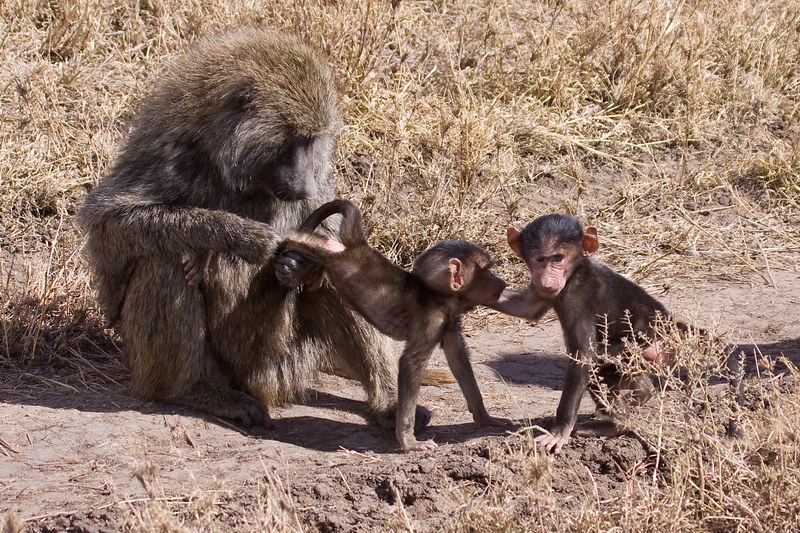
When Is the Best Time to Visit Serengeti?
Navigating the Most Optimal Seasons for Wildlife Wonders: When Is the Best Time to Visit Serengeti?
Careful consideration of the optimal timing is necessary before embarking on a journey to the iconic Serengeti National Park to observe its unparalleled wildlife spectacles. This guide is specifically designed for discerning travelers who are planning a safari to the Serengeti in East Africa. It offers the necessary information to ensure that the safari experience is well-informed.
Although the allure of game viewing in the Serengeti endures year-round, specific periods provide distinctive highlights. The arid season, which extends from late June to September, is the quintessential opportunity to witness a captivating wildlife encounter. The Serengeti experience is defined by the pinnacle of the wildebeest migration, which is observed during this period. The migration, which is characterized by the crossing of the Grumeti River by wildebeests from the Serengeti in Tanzania to the Masai Mara in Kenya, reaches its apex during these months. The migration’s timing is subject to annual fluctuations, with the highest likelihood of observing this natural phenomenon occurring in late June to July. Furthermore, the allure of this period is further enhanced by the wildebeest calving season, which occurs from late January to February.
A Comprehensive Overview of the Most Opportune Times to Begin a Serengeti Safari
The following breakdown elucidates the distinct advantages and characteristics of each season for those seeking the optimal time to visit Serengeti:
The optimal period to visit is from January to February, as this is the optimal time to observe wildebeest calving.
June through September: The optimal period for general game viewing, particularly in June and July, when the wildebeest cross the Grumeti River.
Peak Season: From July to March, anticipate a surge in visitor traffic, particularly in the Seronera region.
April and May are considered low season due to the reduced number of visitors.
Best Weather: June to October: The climate is dry and agreeable, with minimal or no rainfall.
June to October – Dry Season: June-July: The western corridor provides the most favorable viewing opportunities for the wildebeest migration. The thickness of vegetation is reduced, which facilitates easier detection of animals that concentrate around waterholes and rivers. Typically, this period is characterized by arid and sunny weather.
From June to August, the Seronera region may be congested, with frigid mornings and evenings. It is recommended that visitors bring warm apparel when they embark on early morning game drives.
November through May is the wet season. January through February is an ideal time to observe predator actions during the wildebeest calving period in the southern Serengeti, which is characterized by spectacular scenery.
Accommodation rates may be more favorable during April and May, which are considered the low season due to the absence of throngs. Wildlife observing remains exceptional throughout the year, despite the wet season.
The rainy season culminates in March and May.
The Ancient Patterns of Serengeti’s Timeless Ecosystem
The Serengeti ecosystem is one of the oldest on Earth, having maintained its timeless characteristics of climate, flora, and fauna for millions of years. Around two million years ago, the Olduvai Gorge was impacted by the early humans, and certain patterns of life, death, adaptation, and migration are as primordial as the landscape itself.
Each year, during the brief rains of October and November, awe-inspiring spectacle transpires as more than one million wildebeest and approximately 200,000 zebras embark on a journey from the northern hills to the southern plains. In response to the prolonged rainfall of April, May, and June, they alter their course, traveling to the west and north. Despite droughts, gorges, and crocodile-infested rivers, this instinctive migration continues to be a prehistoric phenomenon. It is possible that this migration is what elevates Serengeti to its highest level of recognition.


